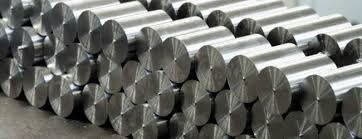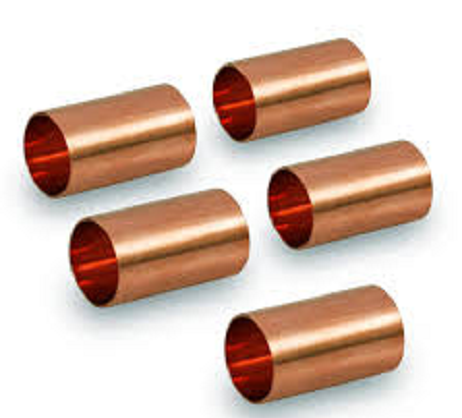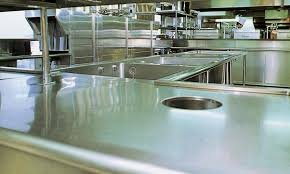Conclusion
Since the birth of 201 stainless steel, there are many types of J series products, of which 201 J1 stainless steel tube is one of them.
Like other types of stainless steel, it is also an alloy composed of the following components:
- Nickel: Ni is a good corrosion-resistant material.
- Carbon: Carbon can increase the strength of stainless steel.
- Chromium: The combination of chromium and oxygen can produce a corrosion-resistant Cr203 passivate film.
- Phosphorus and sulfur: they are harmful elements in stainless steel.
- Copper: Copper can increase the corrosion resistance of stainless steel to non-oxidizing acids.
Moreover, its carbon content is slightly higher than the J4. Moreover, its copper content is slightly lower than the J4.
First of all, due to its high hardness, it is very suitable for heavy-duty applications.
Moreover, it has good corrosion resistance.
Therefore, the maintenance it requires is minimal.
Meanwhile, its service life is also very long.
As for its performance, its corrosion resistance is not as good as other similar stainless steel tubes.
Moreover, Menghe copper reduces its passivation ability. Therefore, under acidic conditions, crevice corrosion often occurs.
For its application, in the transportation of various liquids and fluids, people make good use of its pipeline advantages.
Above all is the specific introduction of the 201 J1 stainless steel tube.
If you like this article, please share it with your friends.














